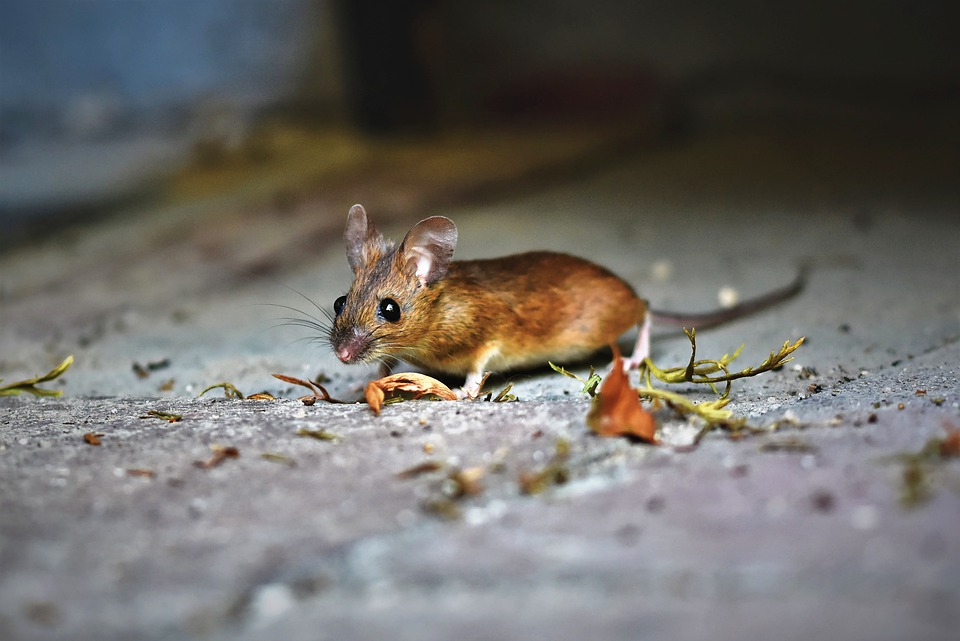Mammoth Shrew
Basic Information
Anatomy
The mammoth shrew's most notable characteristics include an extended, prehensile trunk, small, dark eyes and large, round ears. Fur covers the body of the rodent in varying shades of tan and dark brown. In females, a tuft of hair is present on the tip of the long, mouse-like tail. Males with a sufficient diet may grow two long tusks which they use to compete for females during mating season.
Genetics and Reproduction
Mammoth shrews mate monogamously for life and have a shockingly long parenting period for rodents as offspring are raised to adulthood before they venture off on their own. Offspring are usually produced in groups of two to four after a gestation period of 50 to 70 days.
Growth Rate & Stages
Mammoth shrew offspring are born with their ears already fully grown, which causes them to appear as a somewhat amusing caricature of their parents. Over the course of their growth and maturation period of 40 to 50 days, the young will tend to stay near the nest as their oversized ears make it difficult for them to move around quickly, thus exposing them to potential predators.
Ecology and Habitats
The earliest records of the mammoth shrew occurred in the area of Ewige Vuur as it is one of the few creatures known to be able to withstand the harsh environment of the toxic valley. It is presumed that the rodent may have originated from a species of subterranean mammal, thus lending some explanation to the unique air filtration mechanism located in its respiration system.
Dietary Needs and Habits
With a diet consisting primarily of insects and grubs, the mammoth shrew spends a significant amount of its waking hours hunting through leaves and other detritus. Any excess food is either given to a litter of young or stored in the nest.
Additional Information
Perception and Sensory Capabilities
Due to their large, rounded ears and mobile trunks, mammoth shrews have exceptional senses of smell and hearing. Their eyesight is limited however, as their eyes are proportionally small. The mammoth shrew has also developed an internal air filtration system that repels toxic pollutants and obscure bacteria and protects the rodent from inhaling malicious foreign substances.
Scientific Name
Macroscelidea Mammuthus
Lifespan
2 to 4 years
Conservation Status
Endangered
Average Height
8 to 10 cm
Average Weight
50 to 100 g
Average Length
24 to 30 cm
Geographic Distribution


Comments